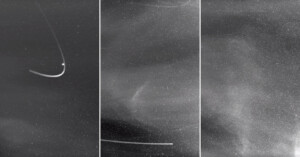
NASA’s Parker Solar Probe Photographs its Journey Through a Solar Storm
NASA's Parker Solar Probe, the first spacecraft to "touch the Sun," sailed directly through a coronal mass ejection (CME).

NASA's Parker Solar Probe, the first spacecraft to "touch the Sun," sailed directly through a coronal mass ejection (CME).
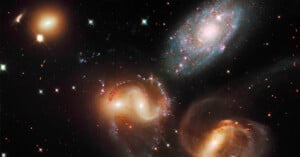
Although the James Webb Space Telescope gets a lot of attention for its impressive technology and many discoveries, the Hubble Space Telescope has remained very busy, and researchers have been using the observatory to perform incredible science.
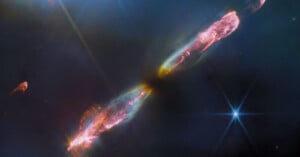
The James Webb Space Telescope (JWST) has captured an image of Herbig-Haro 211 that is an "infantile analog" of the Sun when it was just a baby star with a mass of about one-twelfth the present-day Sun.
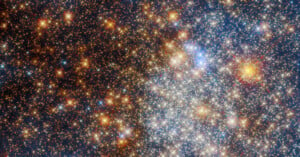
Approximately half a century ago, Turkish-Armenian astronomer Agop Terzan discovered 11 globular clusters. Today, the Hubble Space Telescope views Terzan's clusters in details he could have only dreamed of at the time.
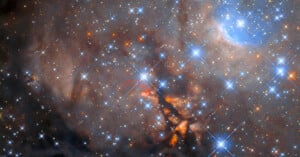
While the James Webb Space Telescope may get the lion's share of the attention these days, the venerable Hubble Space Telescope is still performing vital science and capturing beautiful images.
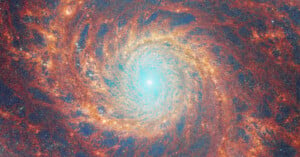
The James Webb Space Telescope's Mid-InfraRed Instrument (MIRI) and Near-InfraRed Camera (NIRCam) have captured the graceful, well-defined bending arms of the grand-design spiral galaxy M51, also known as NGC 5194.
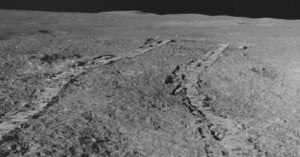
The Indian Space Research Organization (ISRO) has shared new photos and videos captured by its Chandrayaan-3 lunar lander following its successful landing on the Moon's south pole on August 23, a momentous occasion that made India the fourth country to ever land on the Moon successfully and the first to do so near the lunar south pole.
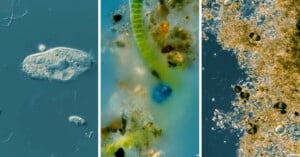
Scientist James Weiss captured incredible microscopic footage of a puddle of rain and all the diverse, remarkable, and practically invisible life that exists within it.
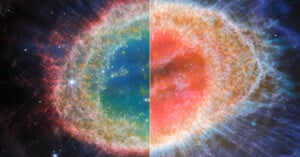
The James Webb Space Telescope has observed the Ring Nebula in spectacular, unprecedented detail using its Near-InfraRed Camera (NIRCam) and Mid-InfraRed Instrument (MIRI) imagers.
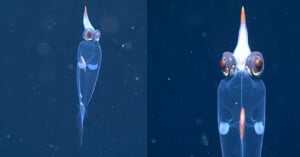
Researchers on board the NOAA ship Okeanos Explorer have captured gorgeous footage of what is known as a glass squid. While this creature isn't rare, close-up views of it like this truly highlight its beauty.
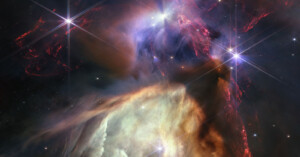
The James Webb Space Telescope YouTube channel released a fascinating new video this week that explains how Space Telescope Science Institute (STScI) science visuals developers Joe DePasquale and Alyssa Pagan transform Webb's black-and-white image data into full-color composites.
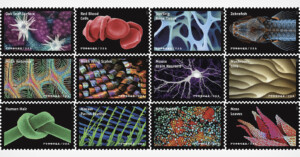
The United States Postal Service (USPS) is celebrating the beauty of microscopic life through a series of new forever stamps that feature images captured using microscopes and specialized photographic techniques.
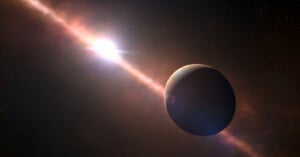
Northwestern University astrophysicist Jason Wang led a project to create the longest timelapse of an exoplanet ever assembled. The video compresses 17 years of real data of an exoplanet orbiting its star down to just 10 seconds -- and that 17 years was only enough for the planet to travel about 75% of a single 23.6-year orbit.
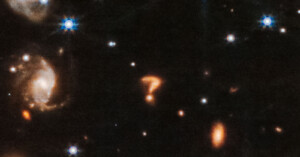
The James Webb Space Telescope recently photographed the Herbig-Haro 46/47, a pair of newly forming stars. The beautiful composite is vast and full of rich detail, including a cosmic question mark.
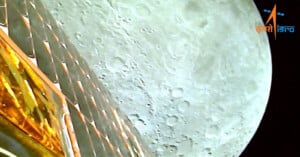
India's Chandrayaan-3 rover reached lunar orbit on August 5 and has sent its first images of the Moon to Earth. Successfully entering lunar orbit is a critical step in the Indian Space Research Organization's (ISRO) historic mission to the Moon.
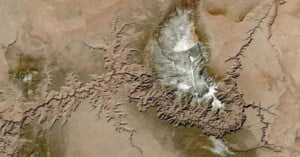
IBM and NASA have teamed up to develop an open-source, geospatial foundational model that will enable researchers and scientists to utilize artificial intelligence (AI) to track the effects of climate change, monitor deforestation, predict crop yields, and analyze greenhouse gas emissions.
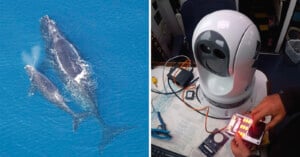
The North Atlantic right whale is among the most endangered whale species in the world. Per the International Fund for Animal Welfare (IFAW), fewer than 340 North Atlantic right whales are left. Given the relatively expansive range of North Atlantic right whales, researchers must utilize many different technologies to find and monitor whales, including thermal cameras.
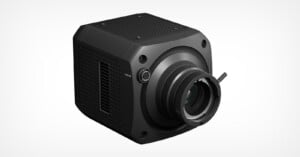
The world’s first ultra-high-sensitivity interchangeable-lens camera equipped with a Type 1 Single Photon Avalanche Diode (SPAD) image sensor is finally coming to market, and the ultra low light vision capabilities it brings don't come cheap.
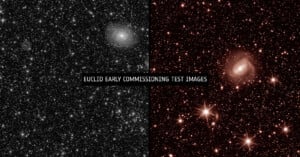
Nearly a month after launching from Cape Canaveral, the European Space Agency's new space probe, Euclid, has sent its first test images to Earth, and they are spectacular.
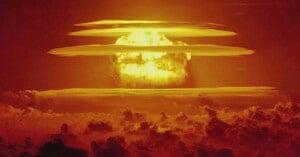
Driven by the new blockbuster movie, Oppenheimer and an interview by Joe Rogan, the conspiracy theory that nuclear weapons are fake has been making the rounds again, relying primarily on the idea that cameras could not survive the purported atomic blasts.
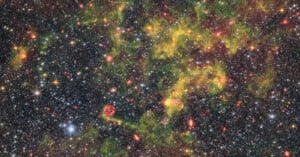
The James Webb Space Telescope recently captured a colorful image of the irregular galaxy NGC 6822. Using its Near InfraRed Camera (NIRCam) and Mid-InfraRed Instrument (MIRI), Webb observed different aspects of NGC 6822, including gas-rich regions and specific organic compounds critical for star and planetary formation.
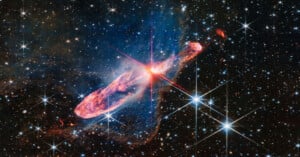
The James Webb Space Telescope has captured an amazing image of Herbig-Haro 46/47 using its near-infrared instrument, NIRCam. The image, processed by Joe DePasquale of the Space Telescope Science Institute (STScI), showcases a "tightly bound pair of actively forming stars" in brilliant detail and color.

In an Ecuadorian cloud forest, mycologists Danny Newman and Roo Vandergrift have spent more than a decade studying, cataloging, and photographing the diverse fungi of the region.

The James Webb Space Telescope is celebrating its first year of scientific operations in style through a massive 153-megapixel image of the Rho Ophiuchi cloud complex, the closest star-forming region to Earth.

In an attempt to experiment with the idea of using biological materials to store digital data, researchers have created a method where they were able to capture light patterns -- photos -- and store them onto DNA.
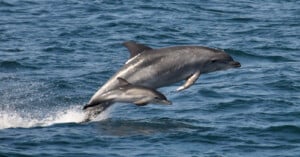
Researchers in Hawaii are using drone cameras to study the ages of dolphins in free-ranging groups to better understand their populations and therefore better inform conservation efforts.
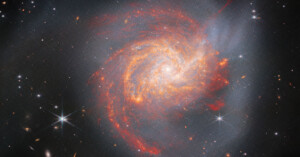
While people in Canada and the United States recently celebrated national holidays with fireworks, the James Webb Space Telescope observed a violent cosmic explosion more than 120 million light-years from Earth.
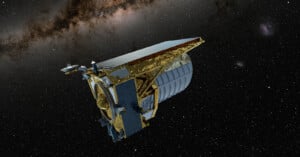
After more than a decade of work by over 2,000 scientists from 300 institutes around the world, the European Space Agency (ESA) is mere hours away from launching its new space probe, Euclid, from Cape Canaveral, Florida.
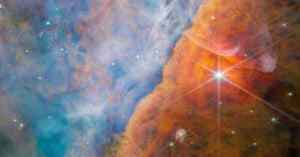
An international team of scientists has used the James Webb Space Telescope's incredible imaging instruments to detect a new carbon compound in space for the first time. The compound, known as methyl cation (CH3+), is a vital molecule for more complex carbon-based molecules.
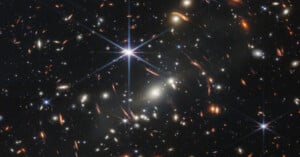
Researchers from the Université de Genève (UNIGE) in Switzerland have developed a novel method for testing Euler's and Einstein's famous theories for the accelerating expansion of the universe and the nature of dark matter.